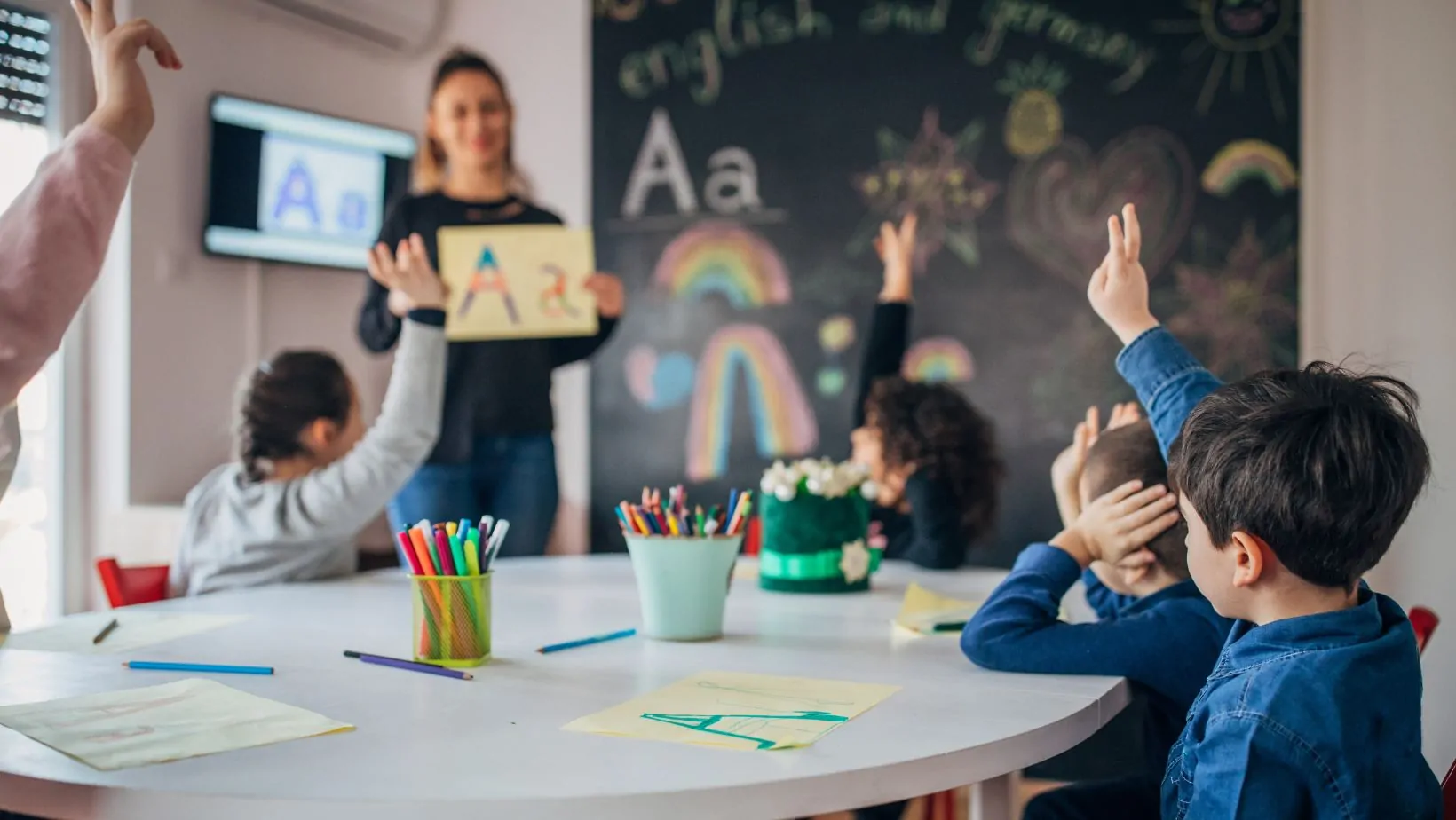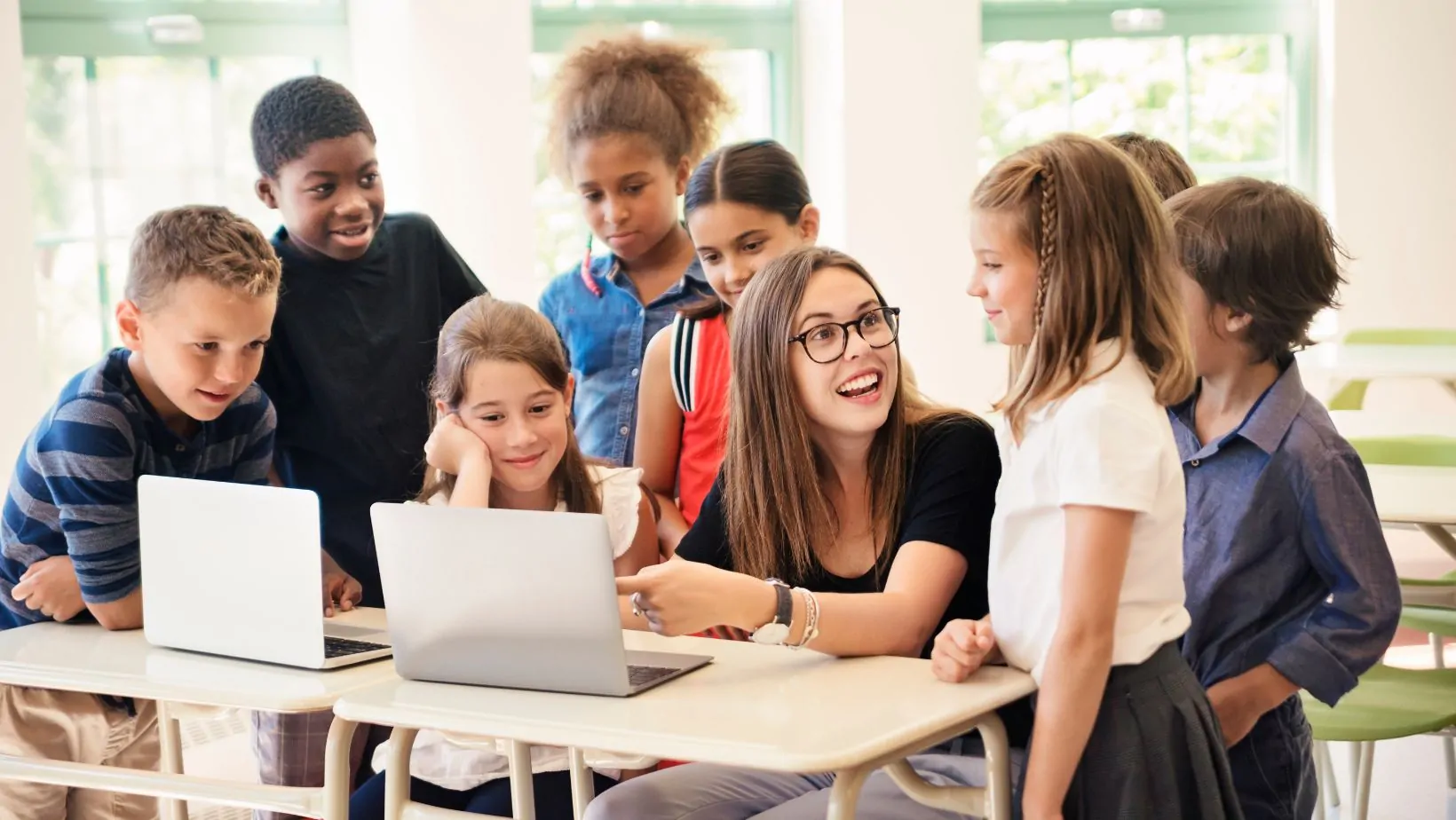Inclusive learning environments are essential in fostering a holistic educational experience that caters to a diverse student population. These settings not only support students with various learning needs and backgrounds but also cultivate social and cognitive skills essential for personal and academic success. The integration of inclusivity within the classroom reflects a commitment to equal opportunity education, where every student, regardless of their abilities or cultural background, is given the chance to thrive.
This article outlines six fundamental skills that children develop in an inclusive learning environment.
Empathy and Social Understanding
Inclusive classrooms are melting pots of diversity, exposing students to a variety of peers from different backgrounds and with different abilities. This environment is ripe for developing empathy as students learn to understand and share the feelings of others. By interacting daily with classmates who might not look, act, or think like them, students naturally grow more adept at seeing the world from multiple perspectives, fostering a profound sense of empathy and social awareness.
Educators are vital in guiding this development of empathy. Teachers who have been trained through prestigious programs like a master’s of education often learn advanced strategies designed to enhance inclusive practices. These programs provide educators with the tools to facilitate activities that encourage students to explore each other’s perspectives and collaborate in diverse groups. Specifically, the online master of education enables educators to remain abreast of transforming trends in academia and strategies for implementing inclusive and diverse learning environments, both on-campus and through virtual classrooms. Looking up the keyword masters of education online degree programs on the search engine will prove worthwhile in gaining more information on such advanced programs.
Through guided discussions and cooperative learning, teachers can help students articulate their thoughts and feelings, deepening their understanding of each other and fostering a classroom culture rooted in mutual respect and understanding.
Communication Skills
Effective communication is essential in any learning environment, and inclusive settings, it becomes particularly crucial. Here, students encounter peers with diverse needs and expressive capabilities, fostering an environment where every student learns to convey their ideas while respecting and understanding differing communication styles. This interaction significantly enhances students’ ability to engage in expressive and receptive communication, teaching them to adapt their speaking and listening skills to a broader range of social and academic contexts.
Teachers can support this development by employing varied communication techniques that address the diverse needs of their students. For instance, incorporating role-playing exercises, peer-teaching activities, and multimedia resources can help all students, including those with communication impairments, to actively participate and thrive.

Utilizing clear, simplified language and visual supports like charts and pictures ensures that complex concepts are accessible to every student, thereby enhancing overall classroom communication.
Problem-Solving Abilities
Inclusive learning environments are ideal for cultivating exceptional problem-solving skills, as students are often required to approach challenges from multiple angles. The diversity within these classrooms introduces a variety of problem-solving styles, encouraging students to think creatively and collaborate to find solutions. Engaging with different perspectives not only enriches the learning experience but also equips students with the ability to tackle problems effectively in unfamiliar contexts.
To maximize this potential, educators can orchestrate problem-solving activities that necessitate teamwork and creative thinking. By setting tasks that require a collective approach, students learn the value of each team member’s input and discover practical ways to integrate diverse solutions. Activities like group brainstorming sessions, project-based learning, and real-life problem-solving scenarios encourage students to use their collective knowledge and individual strengths to achieve common goals, thereby enhancing their problem-solving prowess in the process.
Adaptability and Flexibility
Adaptability and flexibility are essential skills in an inclusive learning environment, where students must learn to adjust to various instructional styles and classroom dynamics. Exposure to different teaching methods and peer interactions prepares students to cope with change and uncertainty, qualities that are invaluable in both academic settings and everyday life. Learning to adapt helps students navigate different social situations and academic challenges with ease.
Educators can foster adaptability by varying their teaching approaches and using diverse educational materials that cater to different learning styles. For example, incorporating technology, hands-on activities, and traditional lectures within the same curriculum can teach students how to learn in multiple environments. This variety not only holds students’ attention but also strengthens their ability to shift gears between different types of learning activities and expectations, enhancing their overall educational resilience.
Confidence and Self-awareness
Inclusive environments often help students develop a strong sense of self-awareness and confidence. Being valued for their unique perspectives and abilities, students learn to appreciate their contributions and feel confident in their skills. This self-assurance is crucial for personal development and is fostered in an atmosphere where differences are celebrated, and challenges are seen as opportunities to learn and grow.
Teachers can amplify these traits by creating opportunities for each student to shine, which might include personalized learning tasks that play to individual strengths or classroom roles that give students responsibility and visibility. Positive reinforcement and constructive feedback also play significant roles in building confidence, as they help students recognize their progress and understand areas for improvement.

Through continuous encouragement and support, educators can help students develop healthy self-esteem and greater awareness of their capabilities and preferences.
Leadership Skills
An inclusive classroom is a rich training ground for future leaders. Students from diverse backgrounds working together naturally bring a variety of skills and perspectives to the table, offering numerous opportunities for leadership development. In such settings, students often take turns leading activities or projects, which enhances their leadership capabilities by encouraging them to take initiative, make decisions, and mediate among peers.
Teachers can nurture these leadership skills by deliberately rotating leadership roles in group activities and encouraging students to take charge of certain classroom duties. Additionally, involving students in decision-making processes, like setting classroom rules or choosing project topics, can boost their confidence in leading others. By providing a safe space for students to experience leadership, educators help them develop critical skills that will serve them well beyond the classroom.
Conclusion
The benefits of an inclusive learning environment extend far beyond academic success; they foster a comprehensive set of skills that prepare students for the complexities of the real world. From enhancing communication and problem-solving abilities to promoting adaptability, self-awareness, and leadership, inclusive settings are instrumental in developing well-rounded individuals. As educators, continuously striving to create and maintain these environments is essential, not just for student development but for cultivating a society that values diversity and inclusivity.
Our super author here at Famous Parenting and an absolute wealth of knowledge. She has studied many topics including creative writing, psychology and journalism but her real passion lies in raising her 3 children. Between working from home, homeschooling her youngest 2 children and navigating the world of teenagers she is a guru for parents.





